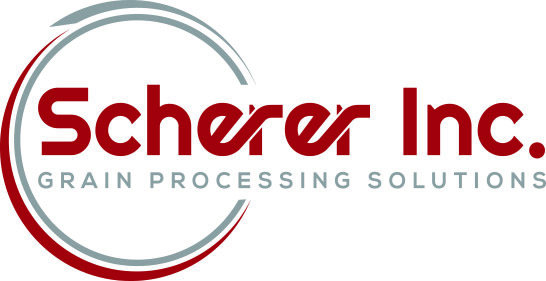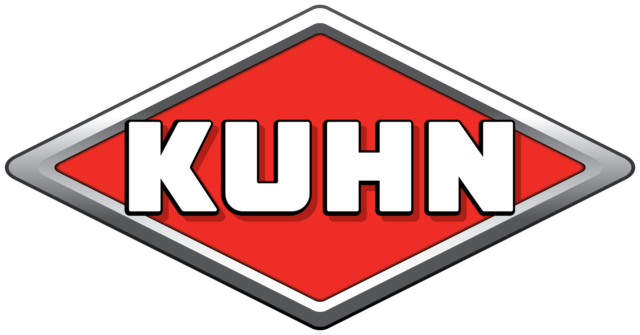Not too long ago in this column, we discussed some of the different ways we cut metal in and around our farm shops; therefore, I thought it reasonable we talk about some of the ways to repair metal that either was cut by accident or broke outright on its own.
As with any repair, having the correct tools for the job not only makes things easier, it makes the repairs a lot safer as well.
“So which tools are correct?” Once again, the old lawyer answer, “It depends,” jumps to the front; however, when it comes to safety and welding, I do have a couple of suggestions. First of all, you need to cover you upper body, arms and hands fully.
An overdose of light and heat from welding can leave you with a burn rivaling any sunburn. The worst “sunburn” I ever witnessed was on my Dad’s arms after a day of rebuilding a Harvestore unloader’s backbone with stainless steel. His arms were maroon from the experience.
The second suggestion I have is: You splurge on a wide-lens, auto-darkening welding helmet. Let me explain why. First, my Dad wore bifocal glasses. I purchased our first auto-darkening helmet many years ago, but my Dad could not use it.
The small-lens helmet’s field of vision was too narrow for him to see what he was welding. Just like tractors and hammers, when it comes to welding helmet lenses, bigger is better. The second reason I recommend auto-darkening helmets is for the benefit of your children.
If you are like me, you want to pass on what you know about your farming operation to your children. I grew up watching Dad flipping his helmet down just prior to starting his arc. I learned that technique as well but blinded myself a time or two perfecting “the flip.” An auto-darkening helmet allows the most novice welder to see exactly what is going on under much safer conditions, which helps them build their confidence as well as their bead.
An investigation into the different types of welding and welders leads us to see there are just about as many ways to weld metal as there are types of metals themselves. The type of welding you will be doing generally depends on the thickness and form of the materials you are attempting to join.
We should also point out welding is a fabrication or sculptural process that joins materials, usually metal, by causing fusion, which is distinct from lower-temperature metal-joining techniques such as brazing and soldering, which do not melt the base metal.
While there are many ways to weld metals together, let’s focus on three types of welders to consider for your farm shop: metal inert gas (MIG), tungsten inert gas (TIG) and arc welding. MIG welding is a welding process that uses a wire electrode fed through a welding gun and is melted off continuously in an electric arc. An inert shielding gas is produced by the welding gun to protect the arc from contamination.
The shielding gas in MIG welding is typically argon. The argon is sometimes mixed with oxygen, carbon dioxide or helium, depending on the materials being welded. MIG welding produces a uniform weld bead and requires little cleanup. It is popular because it is fairly easy to learn, has high productivity, can be utilized in all positions and is mechanized easily.
The difference between MIG and TIG welding is: The MIG welding technique feeds a continuous spool of wire into the melding puddle while TIG uses long welding rods to accomplish a similar task. The MIG welding process is done with metal inert gas. The TIG welding process is done with tungsten inert gas.
Both MIG and TIG welding techniques are widely used and require a certain amount of practice before they are mastered. Of the two, MIG welding is easier to learn and perform. A MIG welder feeds a continuous spool of wire that melts after burning at a high temperature.
Metals that work well with this technique include aluminum, steel and mild steel. MIG welding is very versatile and used on many different types of welding projects. MIG welding machines are recommended for less advanced projects.
TIG welding requires a bit more skill to master. TIG welding uses long metal rods of various sizes. Some common metals used with this method are aluminum, copper, stainless steel and iron. A rule of thumb is to use thin rods with thin metals and thick rods with thick metals. This form of welding is often used on projects requiring thin metal. TIG offers a lot of versatility when working on more intricate welding projects.
Without the benefit of a formal survey, I would suspect the most common welder found on U.S. farms would be the arc or stick welder. An arc welder consists of a welding machine using two leads: a ground or work cable and an electrode cable. At the end of the electrode cable is an electrode holder, which … wait for it … holds an electrode. Most of us know these as welding rods, and the type of welding rod you need is dependent on the type and thickness of the metals being joined.
Joining the metal with an arc welder involves generating intense heat that melts the metals being joined and causing an intermixing of the metals with an intermediate molten filler contained in the welding rod.
Arc welders can be either AC- or DC-powered and is so named because an arc is created across the gap of the materials to be joined. The arc is the result of the formation of a circuit between the metals and tip of the electrode, which is slightly withdrawn yet is still in close contact with the metals to be joined.
The arc produces a temperature of about 6,500ºF at the tip. The heat melts the base metals and the electrode. The metal mixture pools behind the electrode as it is moved along the joint, creating a fusion bond. The cooled metal has a property known as slag that needs to be chipped free by a welding hammer, and the joint is usually ground smooth to make a finished weld.
Again, no matter what type of welding you select, always be safe and think about what you are doing and where you are doing it. Flammable materials can be anywhere in the modern farm shop, and the fact you are in a hurry will not keep them from reacting to the production of heat and hot metal fragments. ![]()
Andy Overbay holds a Ph.D. in ag education and has more than 40 years of hands-on dairy and farming experience.

-
Andy Overbay
- Extension Agent
- Virginia Cooperative Extension
- Email Andy Overbay









